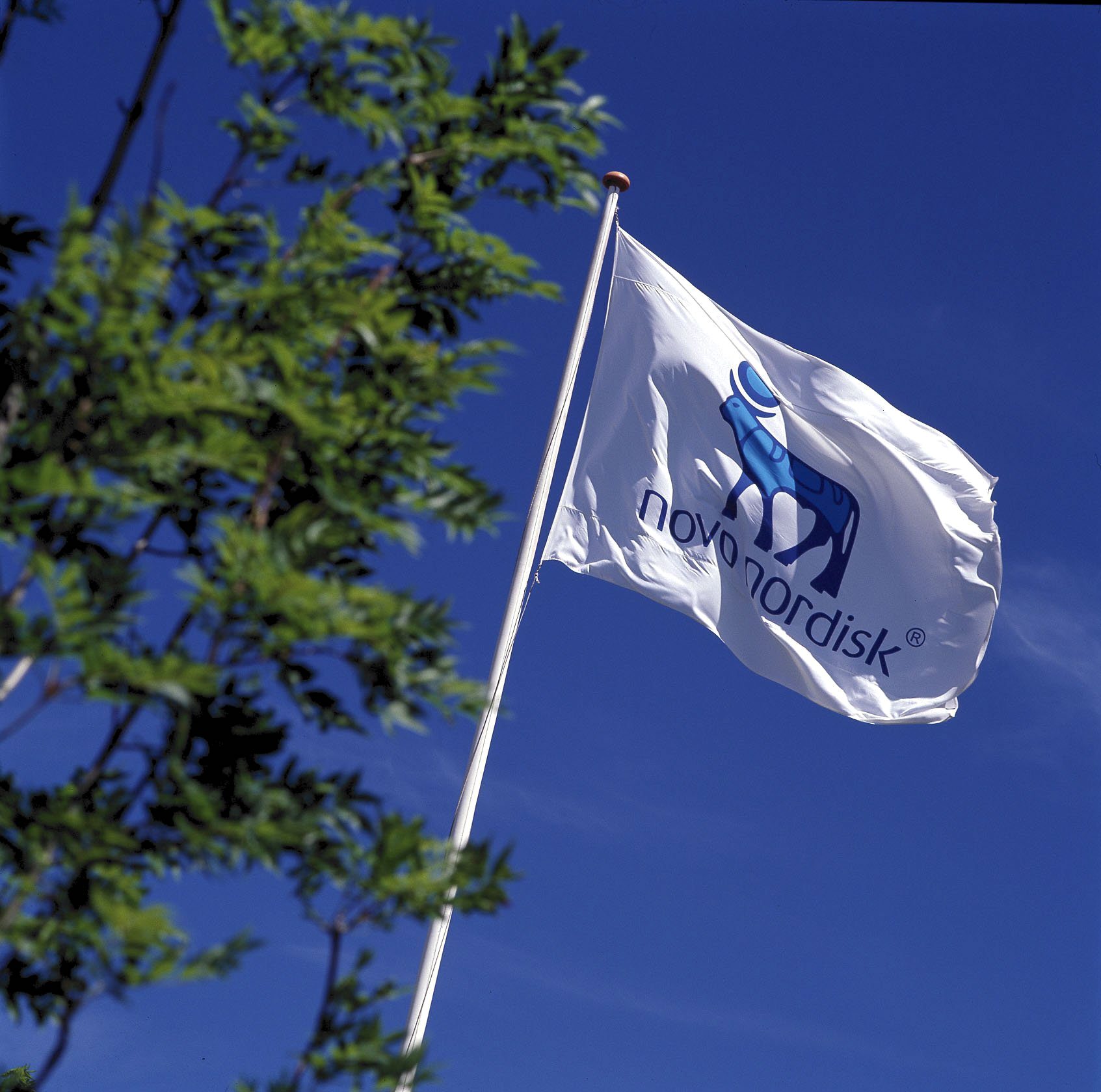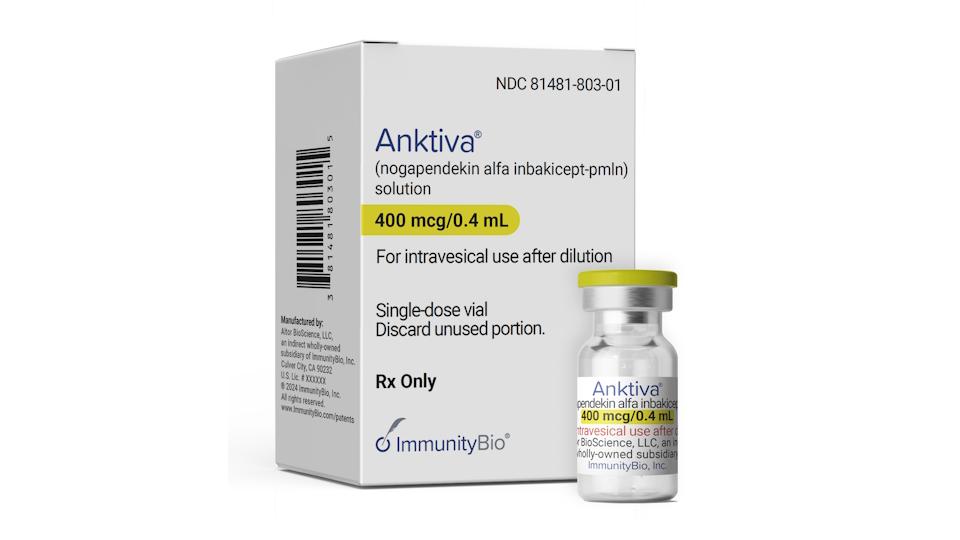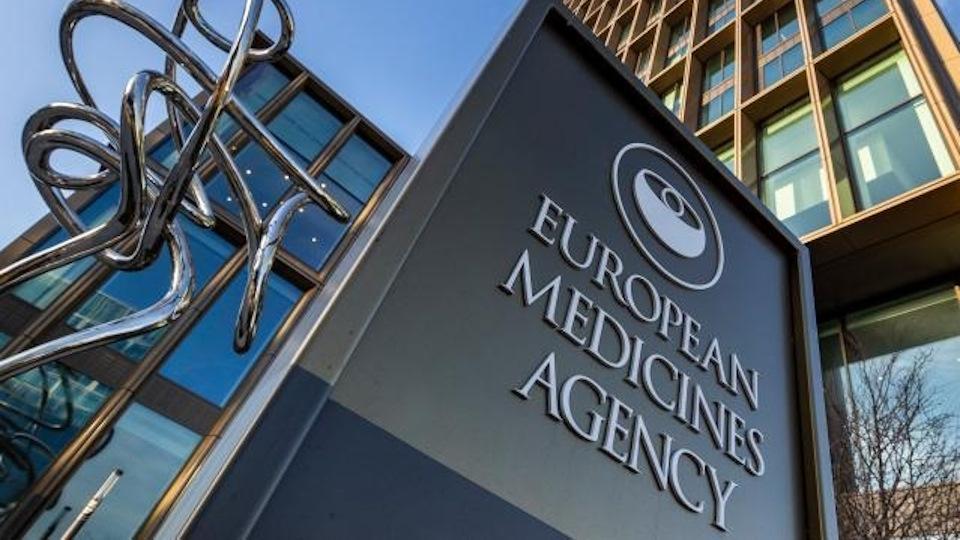Novo Nordisk looking at M&A to revive fortunes, says CEO

Novo Nordisk’s new CEO Lars Fruergaard Joergensen says it is considering M&A to shore up performance as its key US diabetes sales come under pressure.
In an interview with Reuters, Joergensen said the company needs to “look for external innovation”.
[caption id="attachment_24079" align="alignnone" width="261"] Lars Fruergaard Joergensen[/caption]
Lars Fruergaard Joergensen[/caption]
This represents a change in strategy, as former CEO Lars Rebien Sorensen had avoided M&A in favour of developing the company’s insulin business, and marketing the highly successful GLP-1 blood sugar drug, Victoza (liraglutide).
But the company suffered an R&D setback late last year when it shelved development of an insulin pill that could have revolutionised diabetes treatment by ending the need for constant injections.
Novo said the costs associated with manufacturing the treatment would have been prohibitive.
But an even greater drag on growth is the increasingly aggressive price-discounting and exclusion of certain drugs from approved lists employed by US health insurers.
Although Jorgensen would not comment on rumours of talks with US blood disorder biotech Global Blood Therapeutics, he did say that blood products is an area of interest for his firm.
Much of the company’s business is centred on diabetes, but Jorgensen is looking for “bolt on” deals that could add to its offering in other areas.
“In my view we should do smaller deals, low single-digit billions of dollars,” said Jorgensen.
With increased competition from a biosimilar of Sanofi’s big-selling insulin Lantus squeezing prices in the US, Novo has warned that profits might slip in 2017, after years of growth that has seen the company transform itself into one of the world’s top pharmas.
But Novo already markets treatments in haemophilia and obesity – so buying companies with products or exciting research in these fields would make sense.
Jorgensen added: “It is not my ambition to go out and do deals where we would not be bringing significant value in terms of disease understanding, commercial infrastructure or manufacturing. The more of those boxes you can tick the better.”













